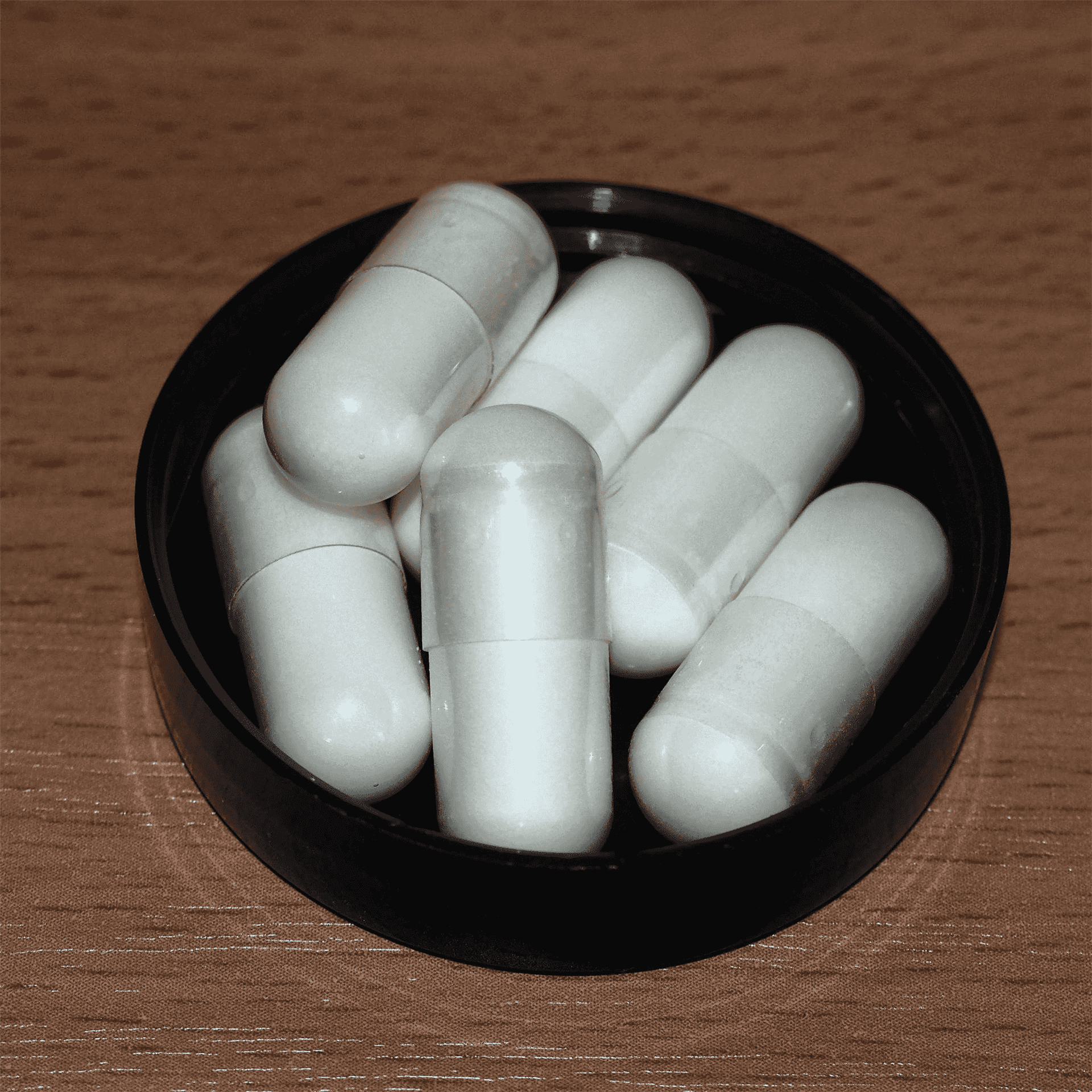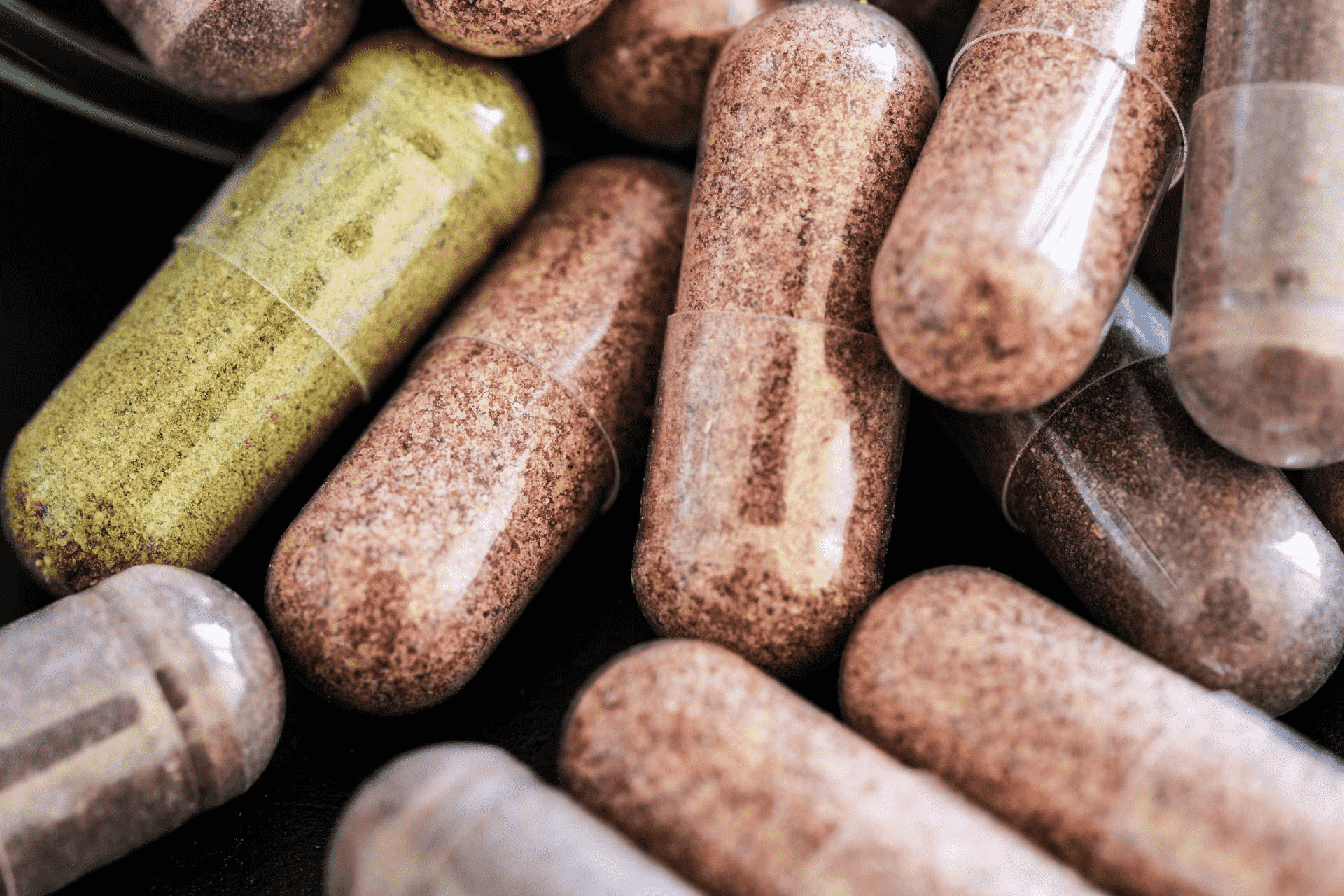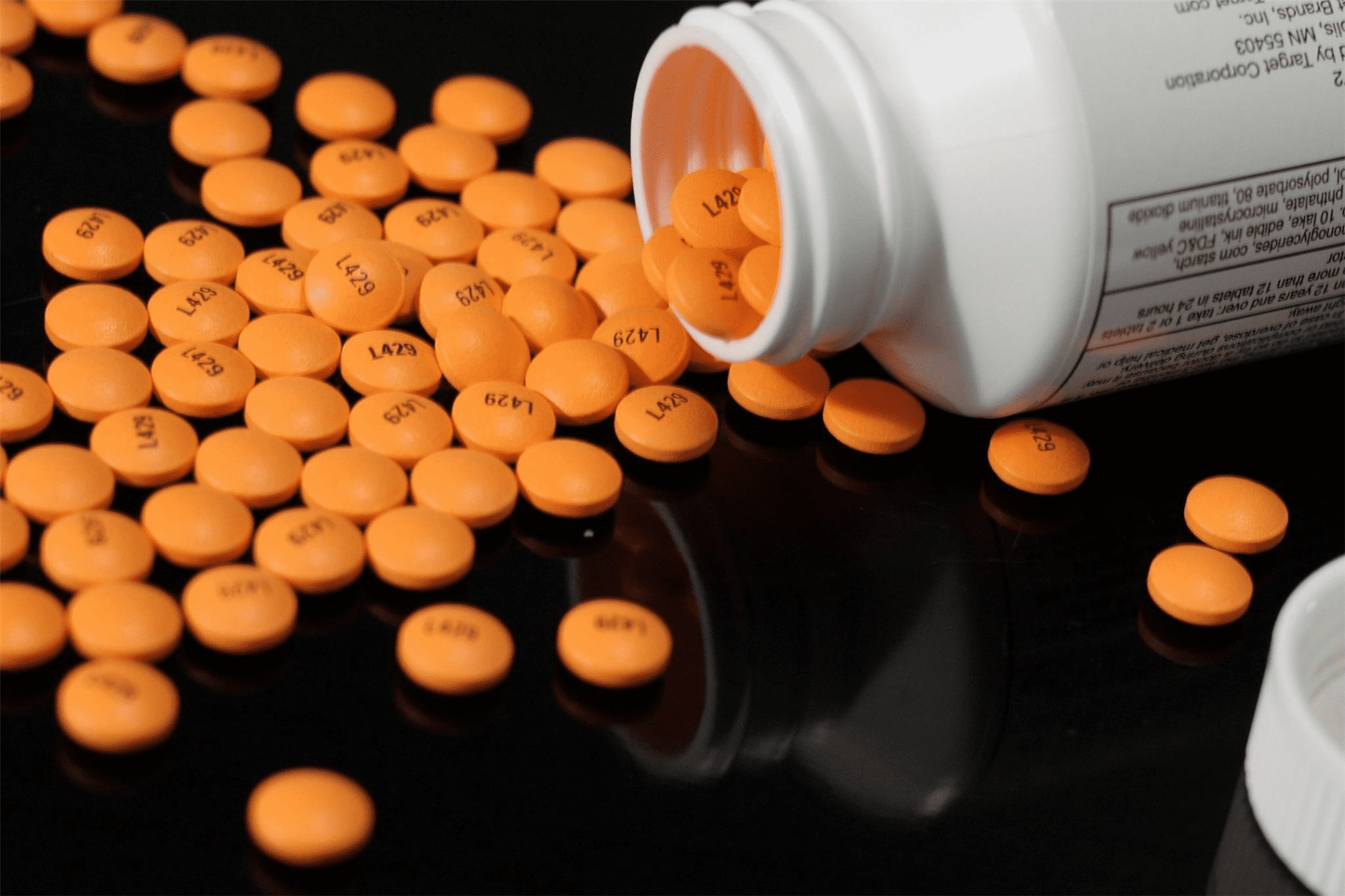A Complete Guide to What is Enteric Coating Process
Have you ever been curious how some medicines endure your stomach's acidic environment without being destroyed until they are used by the body? Enteric coating is the answer!

The technique of applying a protective covering to oral tablets or capsules to prevent them from breaking down in the stomach is known as an enteric coating.
However, tablets are designed to release their contents into the small intestine, which can be absorbed into the bloodstream.
Enteric coating is a crucial process that contributes significantly to the efficacy of specific drugs.
Enteric coating protects the active ingredient from the acidic environment of the stomach, ensuring that the medicine remains intact and can be absorbed in the small intestine.
The procedure entails applying a specific polymer coating that can withstand acid, enzymes, and bile, as well as other extreme stomach conditions.
In this comprehensive guide, we will delve deep into the enteric coating process, its components, and the various procedures involved.
We will also look at the factors that influence the procedure, its uses, and the benefits and drawbacks of enteric coating.
This article will provide you with a thorough grasp of enteric coating and its significance in modern medicine, whether you are a pharmacist, chemist, or simply a curious layperson.
Read More:
Tablet Coating Process: A Fundamental Guide
A Closer Look at the Types of Tablet Coating
What Is The Difference Between Enteric-coated And Film-coated Tablets?
Enteric Coating Components
Enteric coatings are made up of various components that work together to shield the active ingredient while also making it easier for it to be released in the small intestine.
The following are some of the essential components of enteric coating:
- Polymers
- Plasticizers
- Solvents
Let’s take a look at each of these components one after the other.
Enteric coating polymers
Enteric coatings are built using polymers. They serve as the principal defense against the stomach's severe circumstances. Enteric coating commonly employs cellulose acetate phthalate (CAP), hydroxypropyl methylcellulose phthalate (HPMCP), and polyvinyl acetate phthalate (PVAP).
These polymers were developed specifically to tolerate the acidic environment of the stomach and dissolve in the alkaline environment of the small intestine.

Enteric coating plasticizers
To increase the polymer's flexibility and adherence, plasticizers are added. They aid in the adhesion of the coating to the tablet's surface and its integrity during the manufacturing process.
Plasticizers often utilized in enteric coating include triethyl citrate, dibutyl sebacate, and diethyl phthalate.
Enteric coating solvents
Solvents are utilized to dissolve the polymer and plasticizer, resulting in a uniform coating solution.

Methylene chloride, acetone, and ethanol are common solvents used in enteric coating. The solvent chosen is determined by the solubility of the polymer and plasticizer, as well as their compatibility with the medicinal ingredient.
Understanding the various enteric coating components is critical for producing an effective enteric coating composition.
The correct blend of polymers, plasticizers, and solvents can ensure that the coating protects the active component while also allowing for targeted distribution to the small intestine.
Enteric Coating Processes And Steps
Given that you fully comprehend the essence of enteric coating, below are the four essential steps in the process:
- Coating Solution Preparation: This is the first stage in any enteric coating process. The coating solution is often a mixture of polymers, plasticizers, and other additives. To guarantee a homogenous solution, the coating solution is made in a big tank or a machine like the Tablet Coating machine BG-660E and well mixed.

- Coating Solution Application: After preparing the coating solution, the tablets are loaded into a coating pan, which is typically a spinning drum. The coating solution is then sprayed onto the tablets with a spray nozzle, resulting in a thin and uniform coating layer.
- Drying the coated pills: After applying the coating solution, the tablets are dried with a hot air stream. This step is critical for removing any moisture from the coating and ensuring appropriate coating adhesion to the tablet.
- Curing the coated pills: The next stage in an enteric coating process is curing the tablets, which entails exposing them to high temperatures for a set period. This procedure improves the coating's endurance and ensures that it can tolerate the acidic environment of the stomach without degrading.
The enteric coating process is a sophisticated and precise approach that necessitates close attention to detail to assure the completed product's quality and effectiveness.
Factors Affecting Enteric Coating Process
Enteric coating is a complex procedure that incorporates various variables that can impact the completed product's quality and efficiency.

The following are three major factors that can have an impact on the enteric coating process:
Environmental factors
The environmental conditions during the enteric coating process can have a considerable impact on the completed product's quality.
Temperature, humidity, and airflow can all have an impact on the drying period of the coating and its adhesion to the tablet.
To guarantee a high-quality and homogeneous coating, it is critical to maintain appropriate environmental conditions during the coating process.
The type of equipment used
This is a major factor that affects the enteric coating process and the entire product's quality.
The design of the coating pan and spray nozzle, for example, can affect the homogeneity of the coating layer and the dispersion of the coating solution.
To provide consistent and high-quality results, the equipment utilized should be properly calibrated and maintained.
That is why pharmaceutical manufacturers chose the Tablet Coating machine BG-660E over and over again.
Drug substance physical and chemical properties
The physical and chemical qualities of the drug substance can also have a substantial impact on the enteric coating process.
The particle size and surface area of the drug substance, for example, can influence the coating's thickness and adhesion to the tablet.

The solubility and pH of the drug substance can also influence coating material selection and coating efficiency in shielding the medicine from stomach acid.
Understanding and regulating these parameters is essential for producing a high-quality and effective enteric coating procedure.
Manufacturers can verify that the finished product fulfills the needed requirements and has the desired healing effect by carefully monitoring and changing these factors.
The Positives and Downsides of Enteric Coating
Enteric coating, like any other manufacturing technique, has positives and downsides, which are listed below:
Positives of enteric coating
- Enhanced drug potency: Enteric coating can boost the potency of certain medications by shielding them from the stomach's acidic environment. This is especially crucial for drugs that are damaged or destroyed by stomach acid and must be delivered intact to the intestines to be effective.
- Reduced side effects: Enteric coating can help lessen the negative effects of certain drugs by decreasing their exposure to the stomach and thereby reducing stomach lining irritation. This is especially critical for drugs that have the potential to cause stomach distress or gastrointestinal bleeding.
- Enhanced stability: Enteric coating can protect certain pharmaceuticals from moisture, oxidation, and other conditions that can decrease the drug's efficacy.
Enteric coating downsides
- Increased manufacturing complexity: Enteric coating can complicate the manufacturing process and necessitate the use of specialized equipment and expertise. This can lead to increased prices and longer production times.
- Delayed drug release: Enteric coating can cause pharmaceuticals to be released later, which can be detrimental to treatment options that require quick absorption or have a short therapeutic window.
- Variable usefulness: Enteric coating can be less effective for some drugs, particularly those that require stomach absorption or are not well-suited for enteric coating due to physical or chemical features.
Conclusion
To summarize, enteric coating is a crucial process that considerably contributes to the effectiveness of some medications.
Polymers, plasticizers, and solvents in enteric coatings work together to shield the active ingredient from the stomach's acidic environment and guarantee it remains intact and can be absorbed in the small intestine.
Coating solution preparation, coating solution application, drying the coated pills, and curing the coated pills are the four critical processes in the enteric coating process.
Environmental conditions, equipment type, and drug ingredient physical and chemical qualities can all have an impact on the enteric coating process and product quality.
Understanding the enteric coating process, in general, is crucial for designing an efficient enteric coating composition that protects the active component while allowing for targeted distribution to the small intestine.
That is why the Tablet Coating machine BG-660E is widely accepted by manufacturers and pharmacists.
The introduction of this machine in the industry is a great technological relief and the following are the benefits.
- PLC Control Technology: The machine's control system is designed with the latest PLC control technology, which makes it flexible in programming and easy to operate.
- High Anti-Interference Capacity: The system is designed to have high anti-interference capacity, reducing the chances of failures and ensuring stable performance.
- Easy Maintenance: The machine is designed for easy maintenance, which means that maintenance costs are minimal, and downtime is reduced.
- Easy Operation: The machine is designed to be easy to operate, and users can easily navigate through the operation menu with the touch screen.
- Safety Features: The machine has safety features to prevent damage to electrical appliances such as a touchable screen, or PLC com. port or printer, ensuring safe operation.
Do you want to get this machine? Check it out now!
Leave your comment
Also Offers


Containment Automatic Capsule Filling Machine SFK-703

Fully Automatic Dosator Capsule Filling Machine CZ-40

Our Team
As an expert in the pharmaceutical and pharmaceutical packaging industry, iPharMachine has provided solutions for hundreds of pharmaceutical and health product manufacturers for 17 years. By visiting customers, we get good reviews from our customers.
- info@ipharmachine.com
- English Español Deutsche







